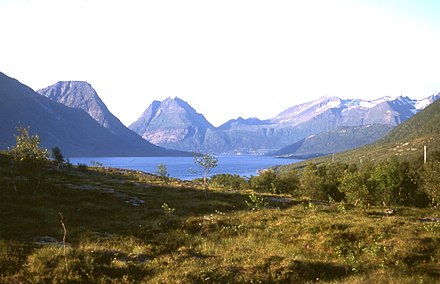
The Danish straits are the straits connecting the Baltic Sea to the North Sea through the Kattegat and Skagerrak. Historically, the Danish straits were internal waterways of Denmark; however, following territorial losses, Øresund and Fehmarn Belt are now shared with Sweden and Germany, while the Great Belt and the Little Belt have remained Danish territorial waters. The Copenhagen Convention of 1857 made all the Danish straits open to commercial shipping.[1] The straits have generally been regarded as an international waterway.
Five straits are named 'belt' (Danish: bælt), the only ones in the world[clarification needed]. Several other straits are named 'sound' (Danish, Swedish and German: sund). Where an island is situated between a "belt" and a "sound", typically the broader strait is called "belt" and the narrower one is the "sound":


Германское слово «звук» имеет тот же корень, что и глагол « разъединять » в значении «разделять». Древнескандинавская форма этого глагола — sundr . В Норвегии «Сундом» называются сотни узких проливов, разделяющих острова и объединяющих фьорды или внешние части фьордов.
Другое объяснение происходит от древнего глагола «sund», означающего плавать. Таким образом, звук — это пролив, в котором можно плавать . На шведском языке любой пролив называется «Зунд».
Германское слово «звук» не имеет родственного отношения к романским языкам , возникло слово «звук», развившееся от латинского sonus . [ нужна цитата ]
56 ° с.ш. 11 ° в.д. / 56 ° с.ш. 11 ° в.д. / 56; 11